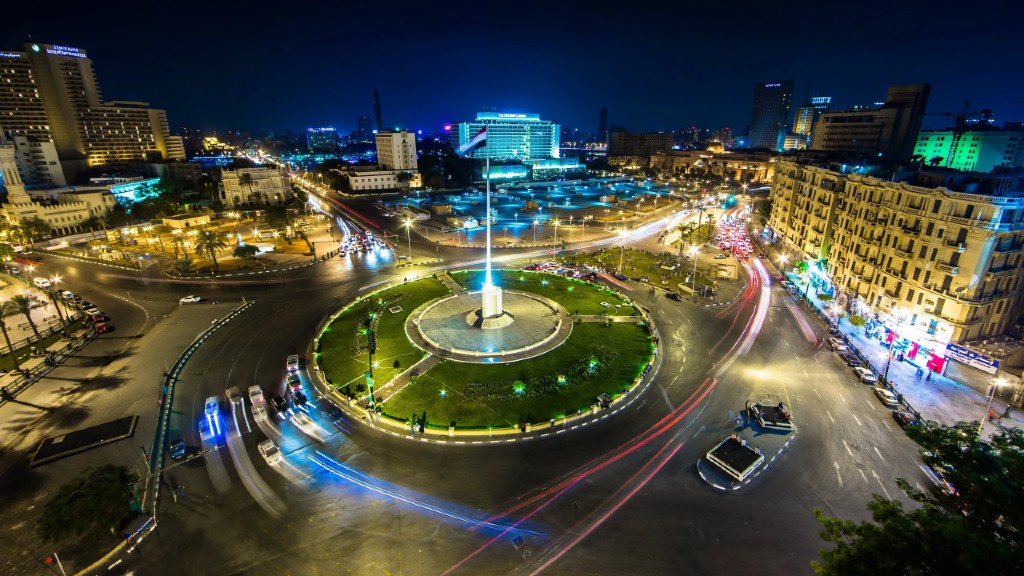Tahrir Square: The Heartbeat Of Cairo And A Symbol Of Egyptian Revolution
- - Category: Travel Tips
- - 23 Sep, 2024
- - Views: 3
- Save
Plan your visit to Tahrir Square, Cairo's iconic landmark.
A Brief Historical Overview

The story of Tahrir Square begins in the mid-19th century when Khedive Ismail initiated a series of urban transformations aimed at modernizing Cairo. Inspired by European cities, he envisioned Cairo as a “Paris on the Nile.” Originally named Ismailia Square, the area was designed to reflect this ambitious vision. However, following the Egyptian revolution of 1952, which led to the end of the monarchy and the establishment of a republic, the square was renamed “Tahrir” to commemorate the country’s newfound liberation.
Architectural and Cultural Landscape
Tahrir Square is surrounded by some of Cairo’s most significant landmarks. The Egyptian Museum, which houses an extraordinary collection of ancient artifacts, including the treasures of Tutankhamun, dominates the square. This iconic institution offers visitors a glimpse into Egypt’s illustrious past, making it a cultural cornerstone of the area.
Nearby, the imposing Mogamma building, a sprawling government administrative complex, showcases the square’s role in Egypt’s modern bureaucracy. The American University in Cairo’s downtown campus adds an academic vibe to the area, attracting students, scholars, and intellectuals. The square’s open layout, bustling with vehicular and pedestrian traffic, serves as a dynamic crossroads where history and contemporary life intersect.
Tahrir Square’s Role in Modern Politics
Tahrir Square gained international recognition during the Arab Spring in January 2011. It became the epicenter of the Egyptian Revolution, where thousands of protestors, united in their demand for change, called for the end of Hosni Mubarak’s nearly three-decade-long presidency. For 18 days, the square was transformed into a vibrant hub of political expression, filled with chants, speeches, and creative demonstrations. The unwavering determination of the protestors culminated in Mubarak’s resignation on February 11, 2011, marking a pivotal moment in Egypt’s modern history.
The square continued to serve as a focal point for political expression in the years following the revolution, symbolizing the Egyptian people’s enduring struggle for democracy, social justice, and human rights. It stands as a testament to the power of collective action and the unyielding spirit of the Egyptian people.
Tahrir Square Today
Today, Tahrir Square remains a symbol of resistance and resilience. While the square has undergone several changes to improve infrastructure and security, its revolutionary legacy persists. Recent renovations have aimed to restore the area while preserving its historical significance, making it both a functional and symbolic space within Cairo’s urban fabric.
Visitors to Tahrir Square can feel the pulse of Egyptian history and the spirit of its people. The square’s central location makes it a starting point for exploring Cairo’s many attractions, from the ancient artifacts in the Egyptian Museum to the vibrant streets of downtown. Despite the city’s fast-paced development, the square retains its unique charm, serving as a place of reflection, celebration, and ongoing political discourse.
Conclusion
Tahrir Square is not just a geographical location but a living, breathing symbol of Egypt’s past, present, and future. It encapsulates the nation’s complex history, from its colonial struggles to its revolutionary triumphs. For those visiting Cairo, a trip to Tahrir Square is essential—not just to admire its landmarks, but to experience the enduring spirit of the Egyptian people. Here, amidst the city’s vibrant energy, one can truly appreciate the significance of Tahrir Square in Cairo—a space that continues to inspire hope, resilience, and the unwavering pursuit of freedom.
Whether you’re a history enthusiast, a cultural explorer, or simply curious about Egypt’s modern identity, Tahrir Square offers a compelling narrative that is both inspiring and enlightening. As Egypt continues to navigate its political future, Tahrir Square will undoubtedly remain at the heart of its story—a beacon of hope and a reminder of the power of collective will.

